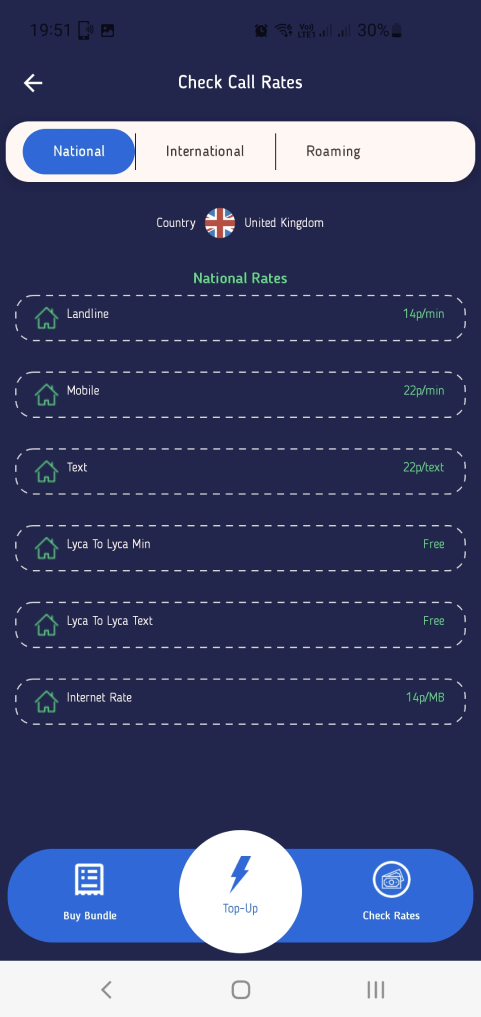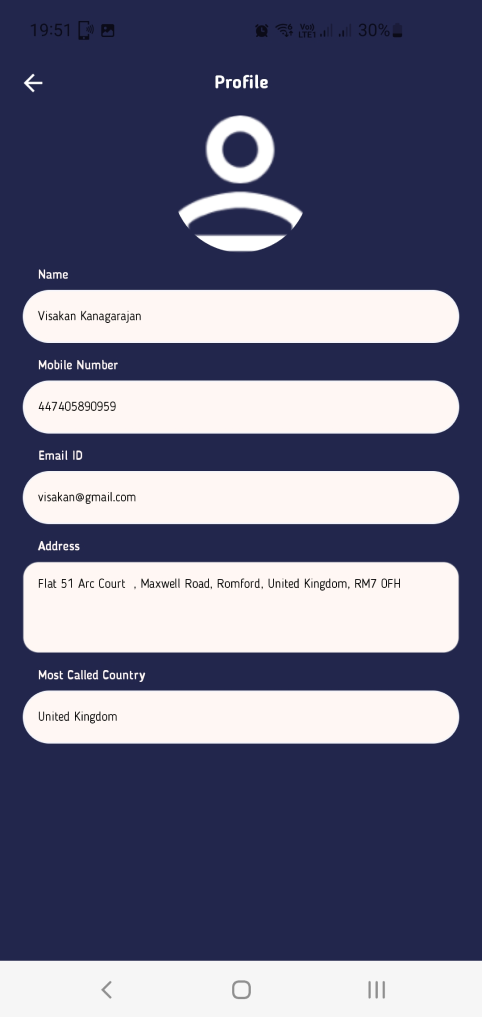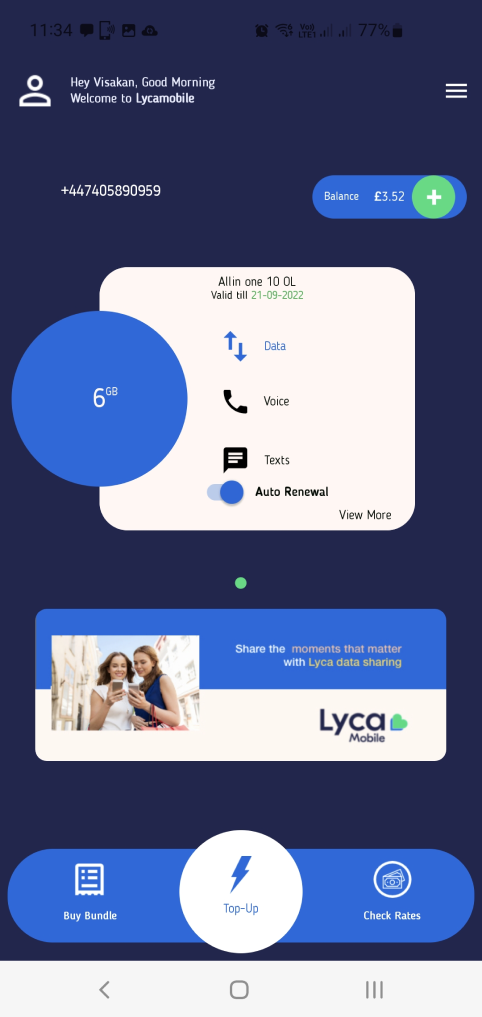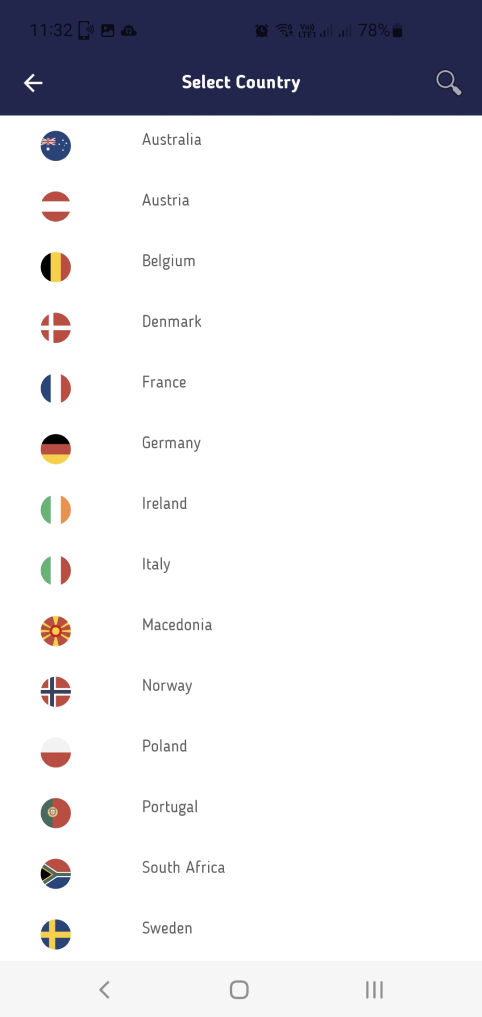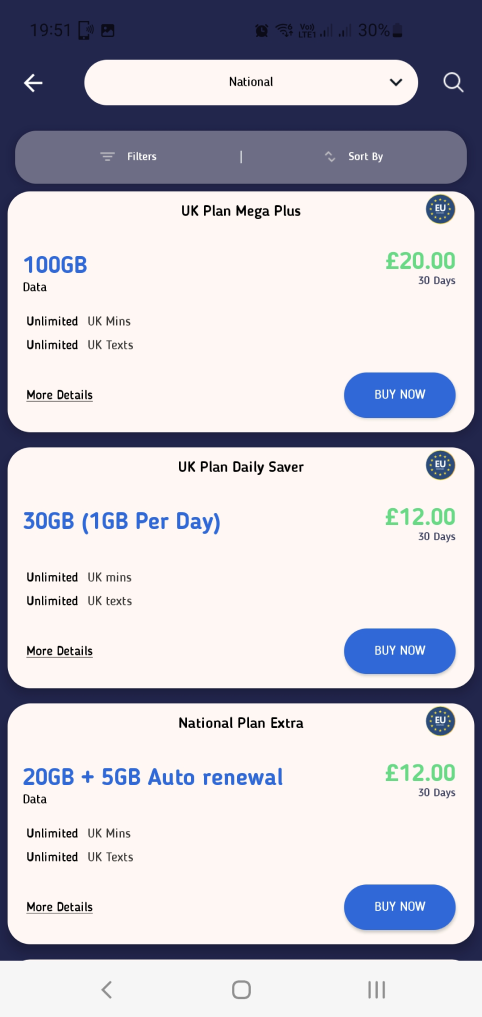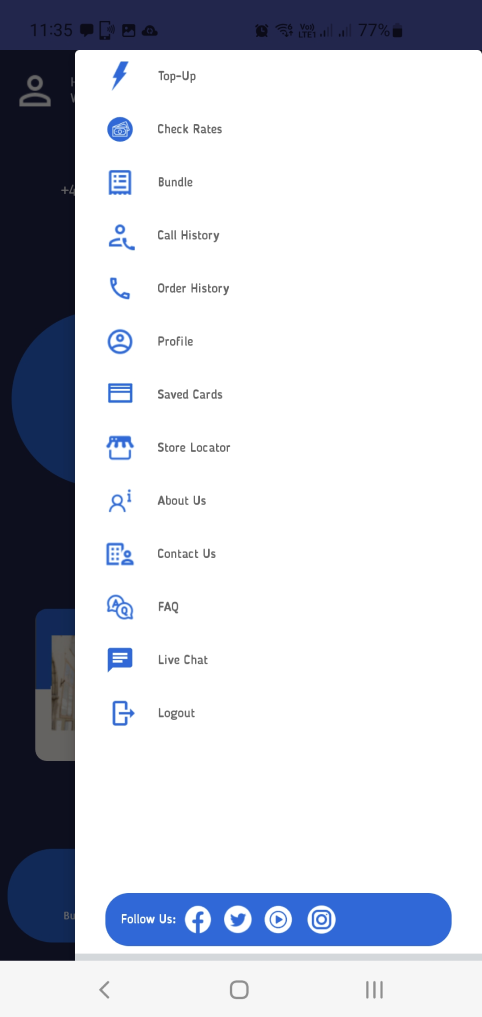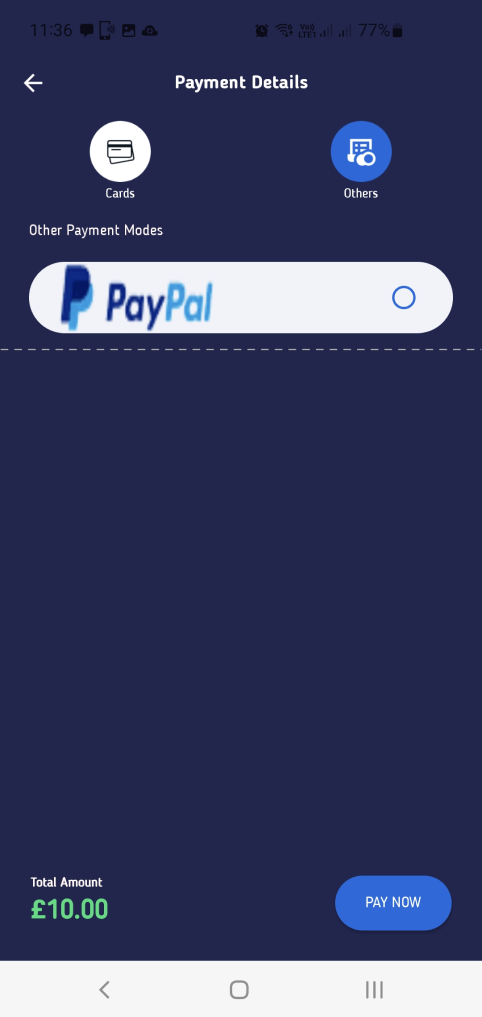To address the issues in the existing website design, the following solutions are proposed:
Enhance user experience (UX): Redesign the navigation to be intuitive and consistent across all pages. Incorporate clear user feedback mechanisms (e.g., hover states, progress indicators) and ensure uniformity in interactions and content presentation. Conduct usability testing to identify pain points and resolve them.
Adopt a harmonious UI Design: Implement a design system to establish visual consistency, including a cohesive color palette, typography, and spacing. Use modern design principles to create an aesthetically pleasing interface.
Implement mobile-first approach: Redesign the website with a mobile-first approach, ensuring responsiveness and optimal performance on smaller screens before scaling up to desktops.
Strengthen brand focus: Align the visual and textual content with the brand identity, including logos, taglines, and tone of voice. Create design elements that reflect the brand's values and personality.
Integrate marketing principles: Optimize for conversions by employing clear calls-to-action (CTAs), persuasive content, and strategic placement of elements to guide user journeys effectively. Leverage SEO and analytics to track and improve performance.
Enable personalisation capabilities: Incorporate features like user accounts, saved preferences, and dynamic content recommendations to deliver personalised experiences.
Cater to global markets: Ensure multilingual support, cultural sensitivity in design, and accessibility compliance to reach diverse audiences effectively.These solutions collectively aim to elevate the website’s usability, aesthetics, and alignment with business objectives.















